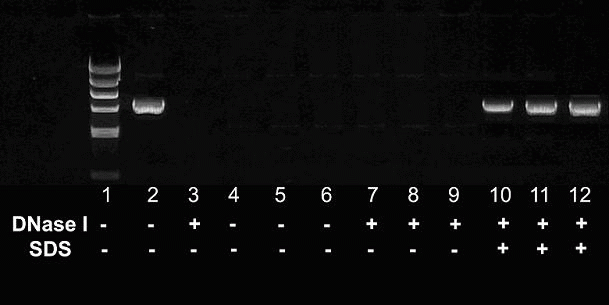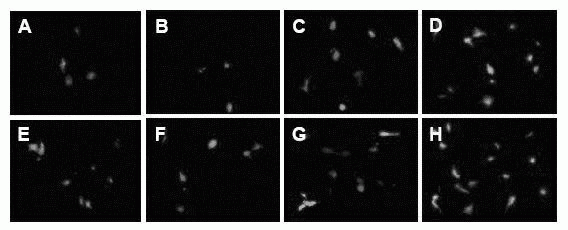Protein-mediated brain-targeting gene delivery system and application thereof
A brain-targeting and gene-based technology, applied in the biological field, can solve problems such as transferrin application limitations, and achieve the effects of improving brain targeting, increasing the number, and improving the level
- Summary
- Abstract
- Description
- Claims
- Application Information
AI Technical Summary
Problems solved by technology
Method used
Image
Examples
Embodiment 1
[0083] PAMAM and PEG containing bifunctional groups are dissolved in phosphate buffer (PBS) with a molecular ratio of 1:2, and stirred at room temperature for 15 minutes to generate PAMAM-PEG. Unreacted PEG is removed by ultrafiltration and replaced. The buffer is PBS with pH 7.0. At the same time, lactoferrin reacts with sulfhydryl reagent N-succinyl-S-acetylthioacetate (SATA) to introduce sulfhydryl groups, and after purification, mix with PAMAM-PEG in a 1:1 molecular ratio, at room temperature After stirring and reacting for 12 hours, PAMAM-PEG-Lf is generated, and the unreacted lactoferrin is removed by size exclusion chromatography to obtain PAMAM-PEG-Lf.
Embodiment 2
[0085] PAMAM and bifunctional group-containing PEG are dissolved in PBS pH 8.0 according to the molecular ratio of 1:4, and the reaction is stirred at room temperature for 15 minutes to generate PAMAM-PEG. Unreacted PEG is removed by ultrafiltration and the buffer is changed to pH 7.0 PBS . At the same time, lactoferrin reacts with sulfhydryl reagent SATA and introduces sulfhydryl groups. After purification, it is mixed with PAMAM-PEG at a molecular ratio of 2:1, stirred at room temperature and reacted for 12 hours to generate PAMAM-PEG-Lf. Size exclusion chromatography Method to remove unreacted lactoferrin to obtain PAMAM-PEG-Lf.
Embodiment 3
[0087] PAMAM and PEG containing bifunctional groups are dissolved in PBS pH 8.0 according to the molecular ratio of 1:8, and the reaction is stirred at room temperature for 15 minutes to generate PAMAM-PEG. Unreacted PEG is removed by ultrafiltration and the buffer is changed to PBS pH 7.0 . At the same time, lactoferrin reacts with sulfhydryl reagent SATA and introduces sulfhydryl groups. After purification, it is mixed with PAMAM-PEG at a molecular ratio of 4:1, stirred at room temperature and reacted for 12 hours to produce PAMAM-PEG-Lf. Size exclusion chromatography Method to remove unreacted lactoferrin to obtain PAMAM-PEG-Lf.
PUM
 Login to View More
Login to View More Abstract
Description
Claims
Application Information
 Login to View More
Login to View More - R&D
- Intellectual Property
- Life Sciences
- Materials
- Tech Scout
- Unparalleled Data Quality
- Higher Quality Content
- 60% Fewer Hallucinations
Browse by: Latest US Patents, China's latest patents, Technical Efficacy Thesaurus, Application Domain, Technology Topic, Popular Technical Reports.
© 2025 PatSnap. All rights reserved.Legal|Privacy policy|Modern Slavery Act Transparency Statement|Sitemap|About US| Contact US: help@patsnap.com



